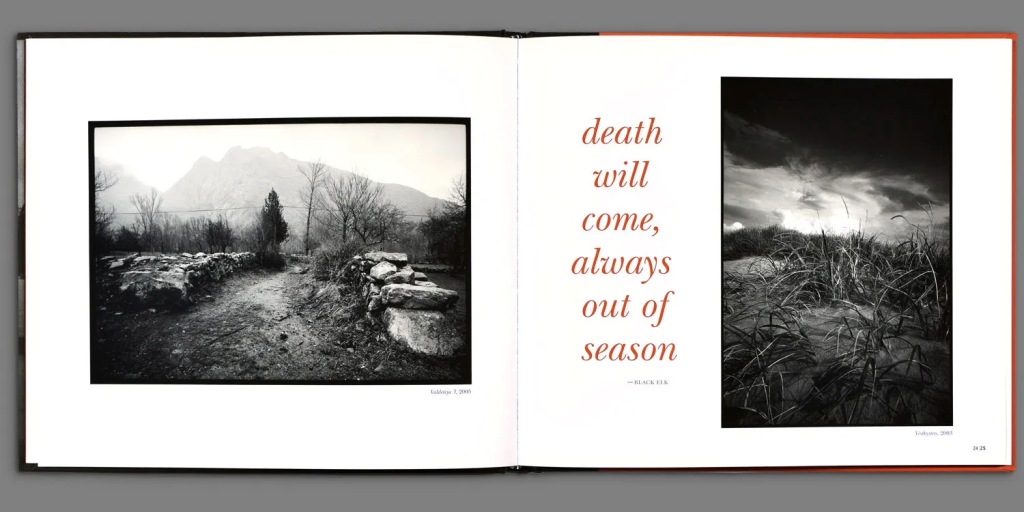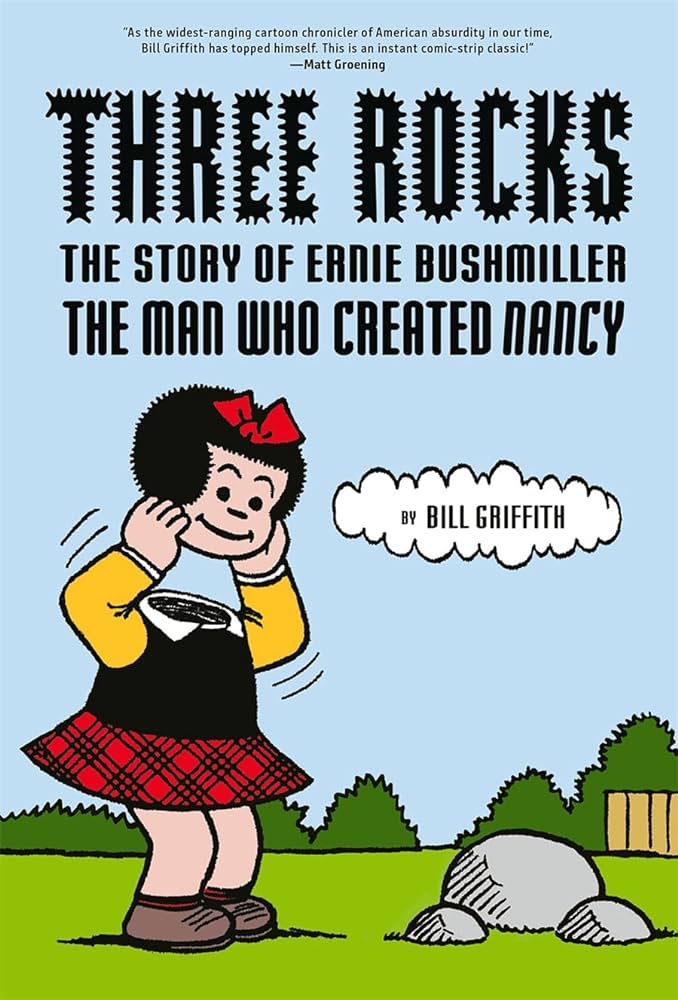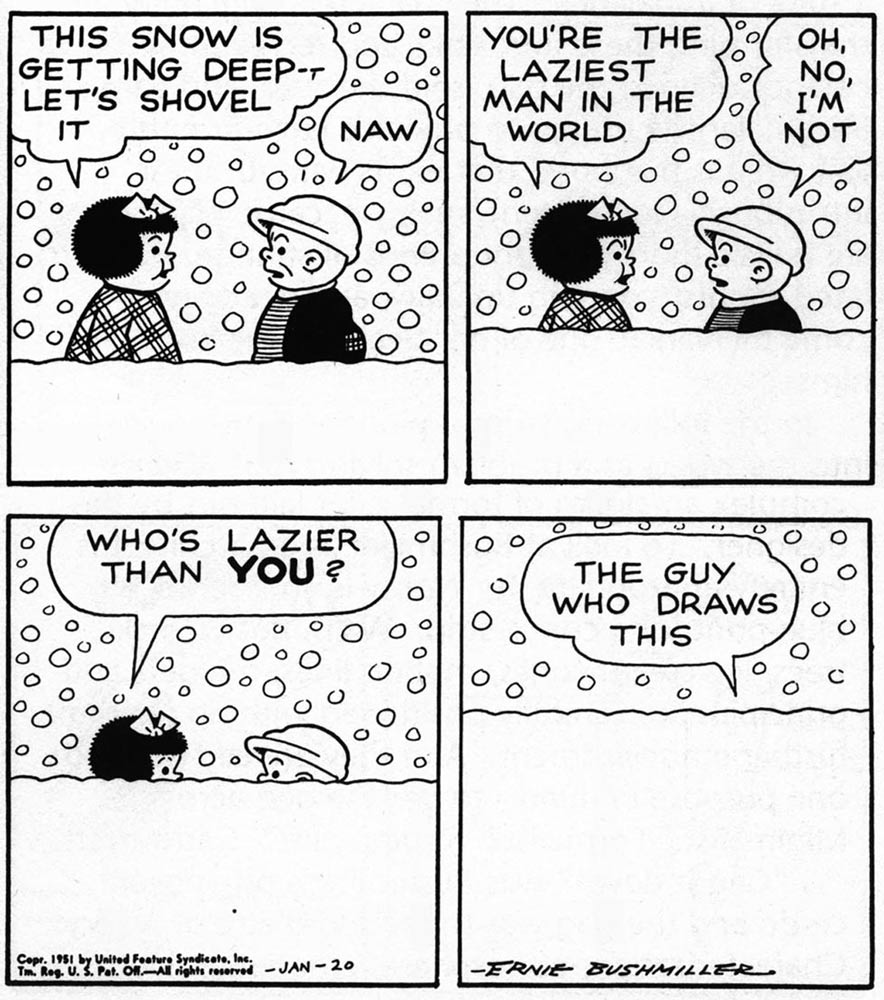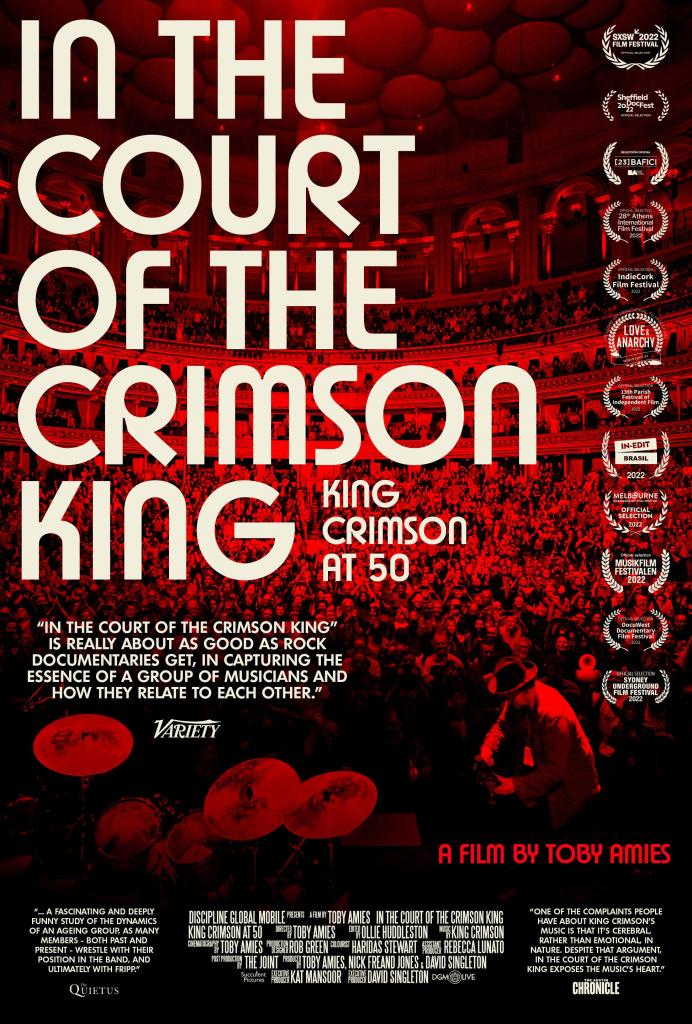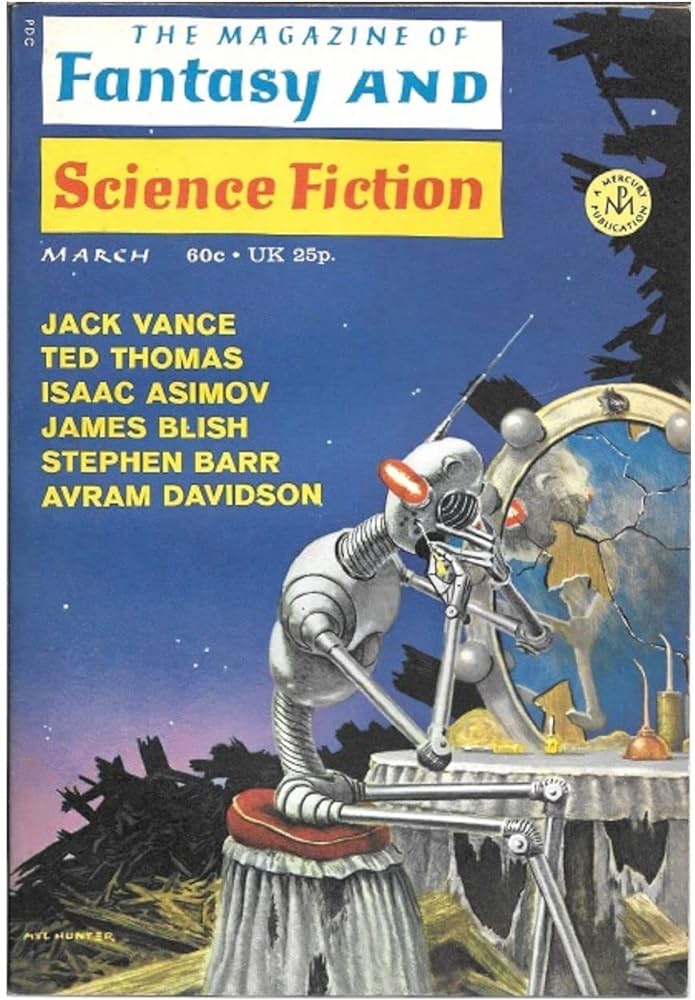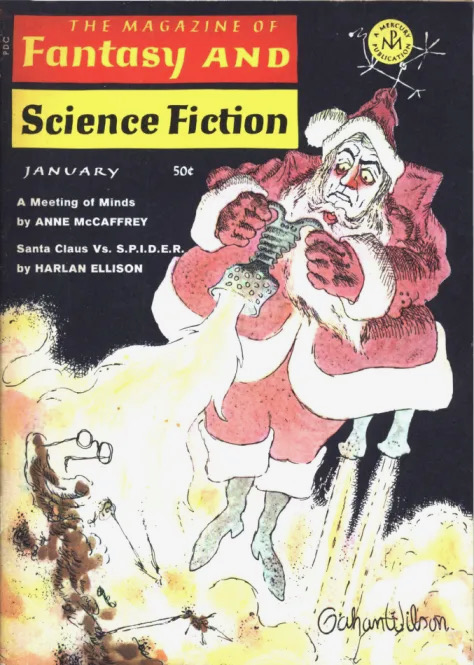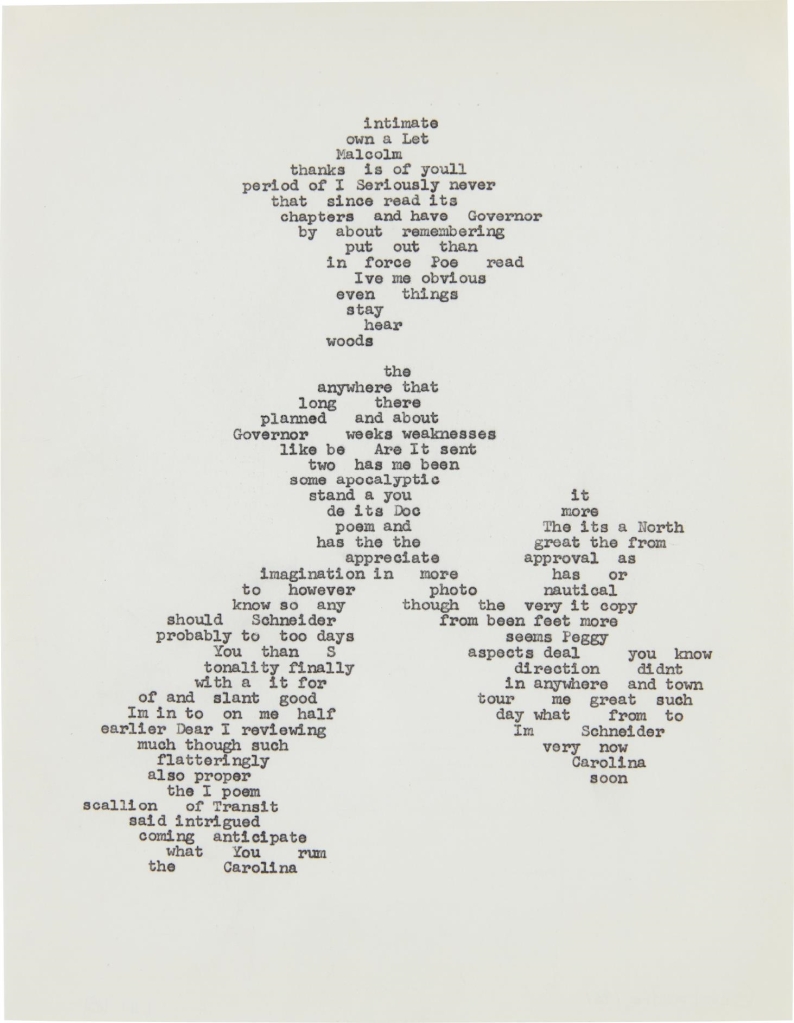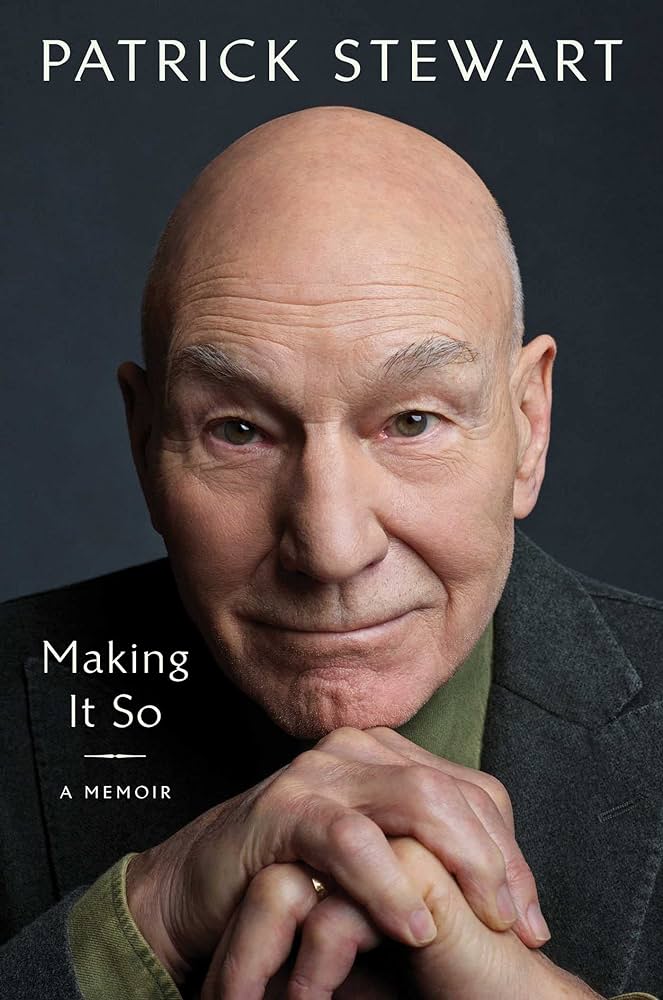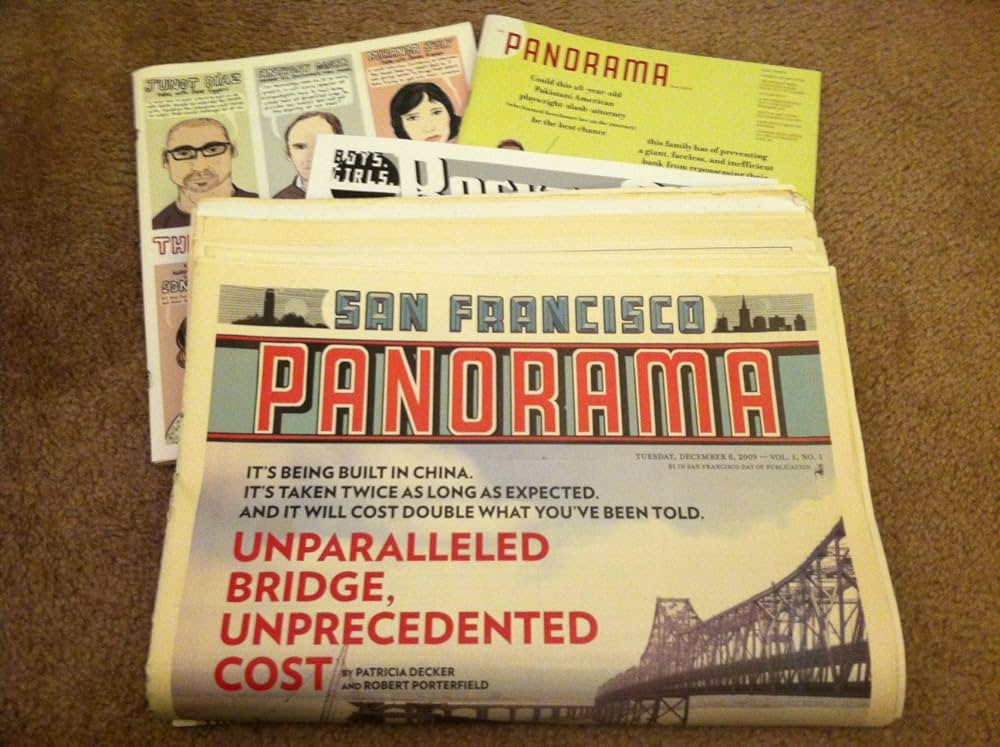
I often come late to TV shows, sometimes years after they ceased to air, so catching up on Love, Death & Robots* on Netflix feels up-to-date. Admittedly, the first volume (why not just say season, Netflix?) was posted in 2019, but a forthcoming fourth season has been announced, so it’s still topical. As an animation buff I was interested to see what they came up with.

The show is a very mixed bag of stylized filmmaking, trite plots, and some gems that make it worth slogging through the chaff. As a rough guide, I found that the more realistic the animation, the less interesting the story, though there are significant exceptions to that. Also, if the characters are in uniform, you can skip the episode completely.

A more cumbersome, but fitting title for the show might be “Sex, Death, more Death, Still more Death, and Robots.” Love as in the emotion is often replaced with the physical act, and there is way too much bloodletting. Animation can do gore aplenty, and there is a lot if that’s your thing, but it is not a substitute for plot or character development. I was especially disappiointed by the final episode of volume 3, Jibaro, which pairs a lot of death with some truly gorgeous design and animation, which deservedly won 2 Emmy Awards, for character design and Outstanding Short Form Animated Program. The story, a fantastic allegory of colonialism and greed, devolves into a lot of blood in the water, and a soggy denouement that does not satisfy.
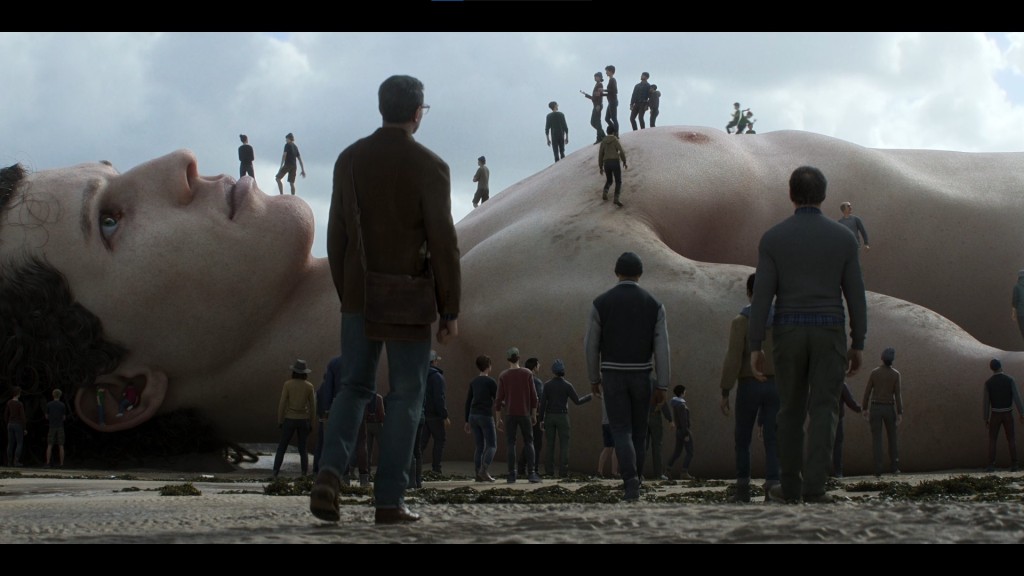
Too often stories fail to resolve satisfactorily, content to subside or fade out when the bleeding stops. Lesser episodes resemble cut scenes from video games, setting the stage for something that never comes. In Vaulted Halls Entombed, from volume 3, is a Lovecraftian story that badly needs another act or two, while another volume 3 story, Night of the Mini Dead, presents a straightforward zombie story in a vaguely satirical way simply by making everything very small – or shot from very far away, it doesn’t matter which.
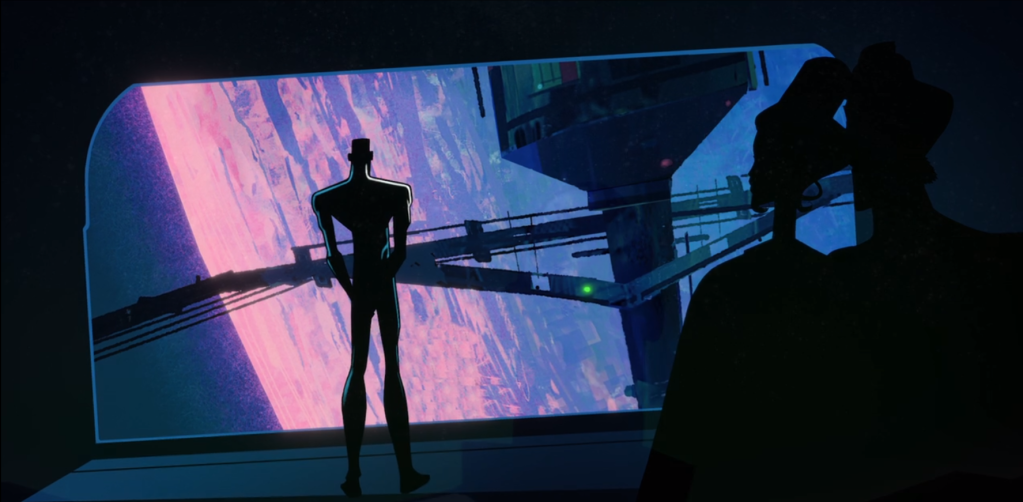
Oddly enough, The Drowned Giant, from a J. G. Ballard story, makes its weaknesses into strengths. Illustrating rather than dramatizing Ballard’s story, it contains death without blood, unanswered questions without the frustration, the whole a satisfying meditation on an unusual death. Even its realistic animation helps ground the story. Like the volume 1 story, Zima Blue, The Drowned Giant shows that you can tell stories about death without large amounts of explosions and adolescent posturing.

But I don’t want to appear too down on the show. It’s lighter moments shine in particular, with veteran sci-fi writer John Scalzi contributing some of the lightest. He even got to present a sequel, as the robot tourists from an early episode, Three Robots, return at the start of volume 3. Automated Customer Service, which begins volume 2, is another Scalzi work, a light-hearted look at an all-too-credible dystopian future. These episodes were vital in alleviating the heaviness of the ‘let’s kill aliens’ or ‘let’s kill robots’ plots in other episodes.
I’m looking forward to another season – a long one, I hope (the first was 18 episodes, the second 8, and the third 9), and while I might have to wade through more blowing-stuff-up, I’m certain there’ll be a few laughs, and a few thoughtful episodes to make the whole worthwhile. Perhaps I’ll even review it.
*Yes, I am a comma obsessive, so I know the serial comma is omitted between Death & Robots in the title, while I included it in the title to this post.

